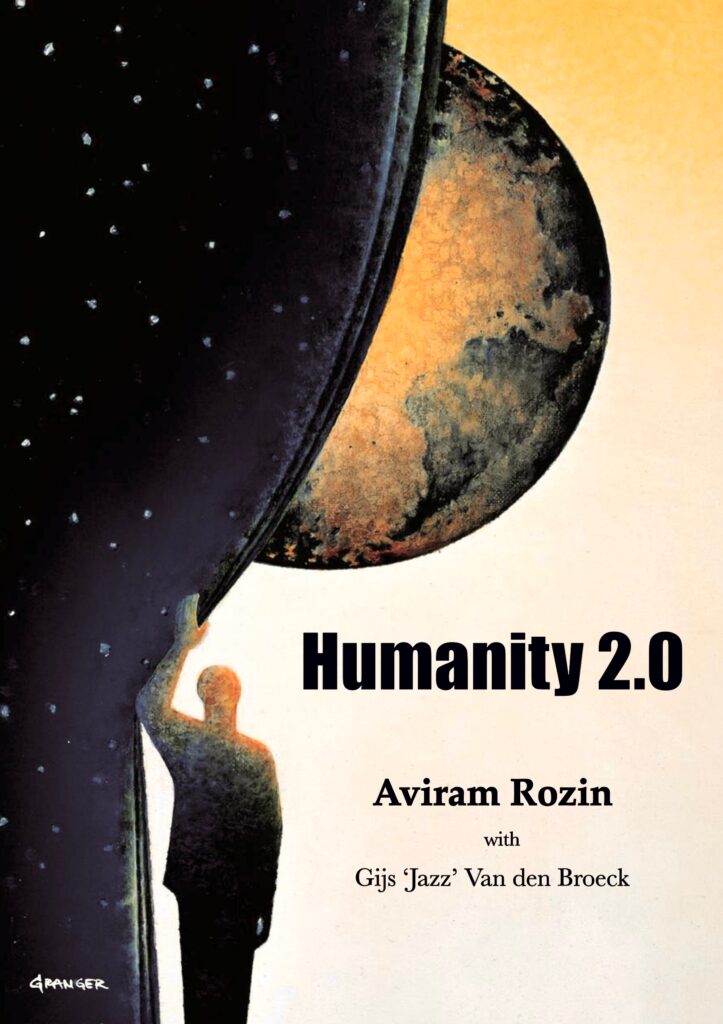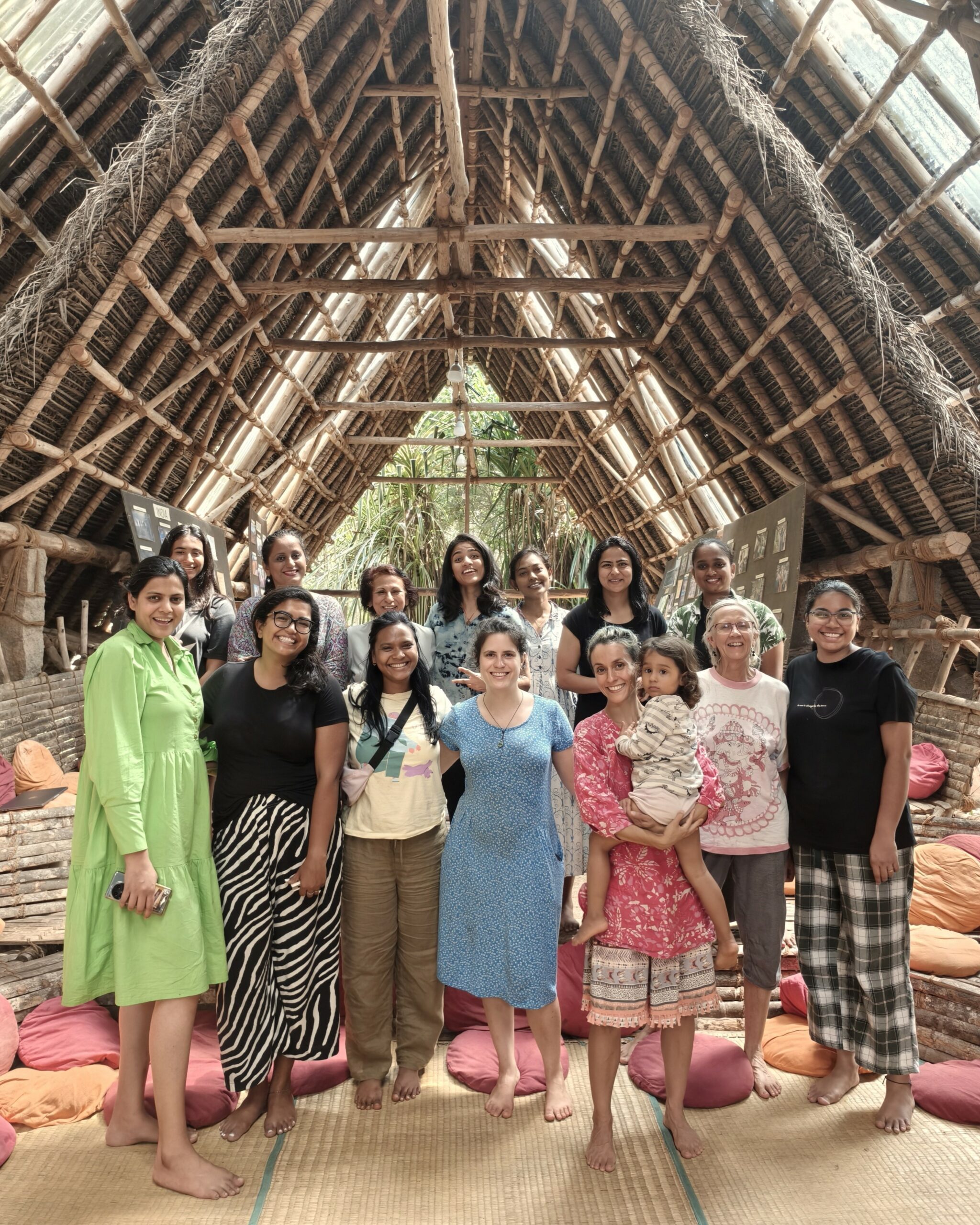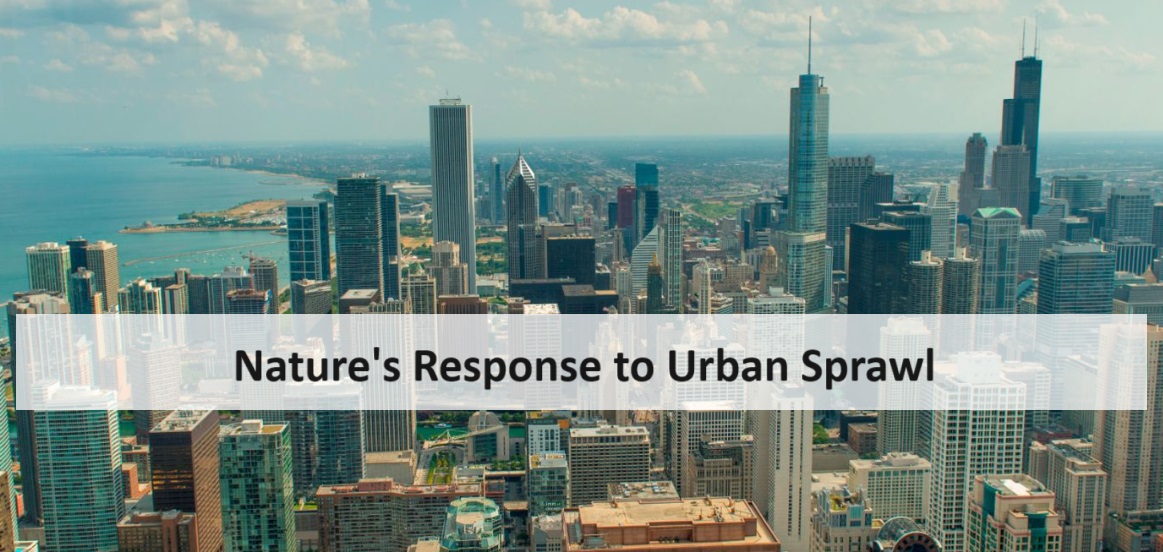THE COMMUNITY KITCHENENERGY TRANSPORTATION RECYCLING DOMESTIC WATER USE
Compost Toilets India
At Sadhana Forest India we try to deal with all of our waste on site, or as a Haitian student of Sadhana Forest Haiti put it, “nothing is lost”. What is considered “waste” in most parts of the world is turned into a valuable resource here with our dry composting toilet system. We create fertilizer from our human “waste” that is later used in the forest for planting and fertilizing trees. We create ammonia from our urine which serves as a powerful natural and free cleaning agent for the toilets.
Flushing toilets use about 30% of a household domestic water use[1]. Dry composting toilets are non-flushing, therefore use very little water, and significantly reduce domestic water use. This system has very low power consumption. Because they are a self-contained system, no energy is expended for transportation of waste for disposal.
How It Works
In dry compost toilets the solids and liquids are separated, the reason for this is to assist in the aerobic process that happens. If the liquids are mixed with the solids the composting process turns into an anaerobic process which slows down the decomposition dramatically. We cover our solids with sawdust to support aerobic processing (by creating air gaps for the bacteria) to absorb liquids, and to reduce odor. Urine is collected and later used as fertiliser in the garden and also turned into ammonia which is an effective cleaning agent that is used in our toilets. After a toilet is full, we lift the barrel that has collected the solids, cover it, and store it for four weeks. After these four weeks have passed the barrel is safe to open and the compost is moved to a large compost pile. Because we are in very warm climates, after 6-12 months in the pile the human compost (humanure) is ready and safe to use. Potential pathogens are killed through naturally dying-off and consumption by other microorganisms. This system breaks down waste by 10 – 30% of its original volume[2]. By turning our human “waste” into compost, we have created a close loop system which is by far the most ecologically-friendly approach to waste management.
Your Contribuition
One of the biggest contributions we and the trees receive from our participants is the compost. We have around 1000 participants living with us a year as well as a few thousand guests visiting; this is very helpful for our composting system and is a major, usually overlooked, contribution. To all of you that use our toilets we would like to say: THANK YOU!
[1] http://www.waterwise.org.uk/pages/indoors.html
[2] http://water.epa.gov/aboutow/owm/upload/2005_07_14_comp.pdf
THE COMMUNITY KITCHEN GARDEN ENERGY TRANSPORTATION RECYCLING DOMESTIC WATER USE



